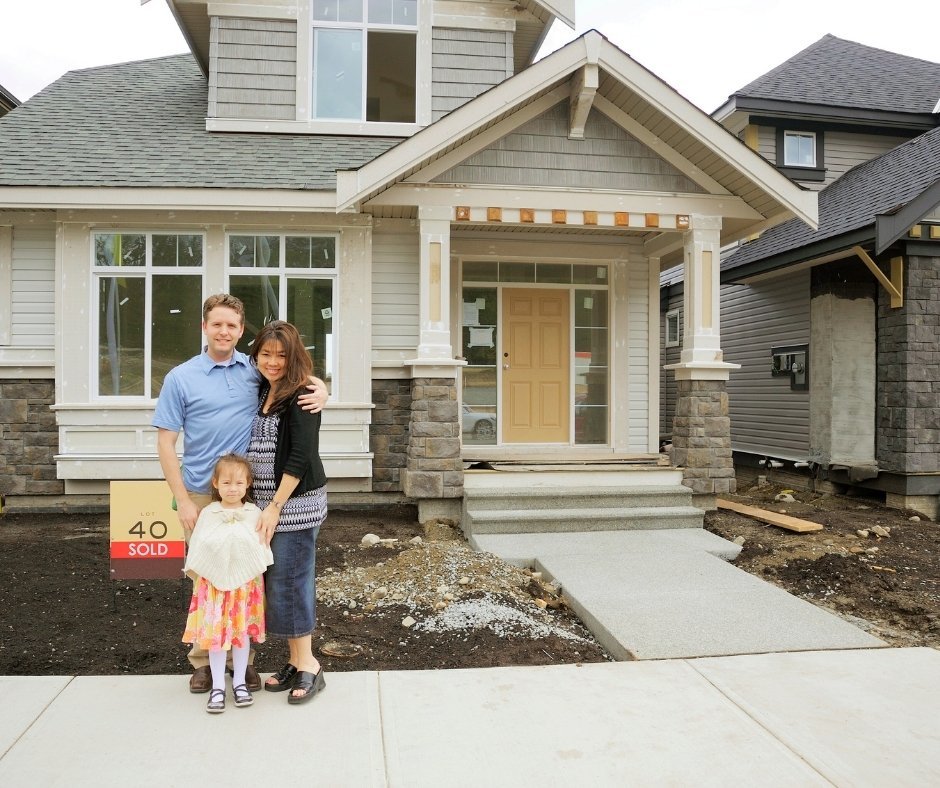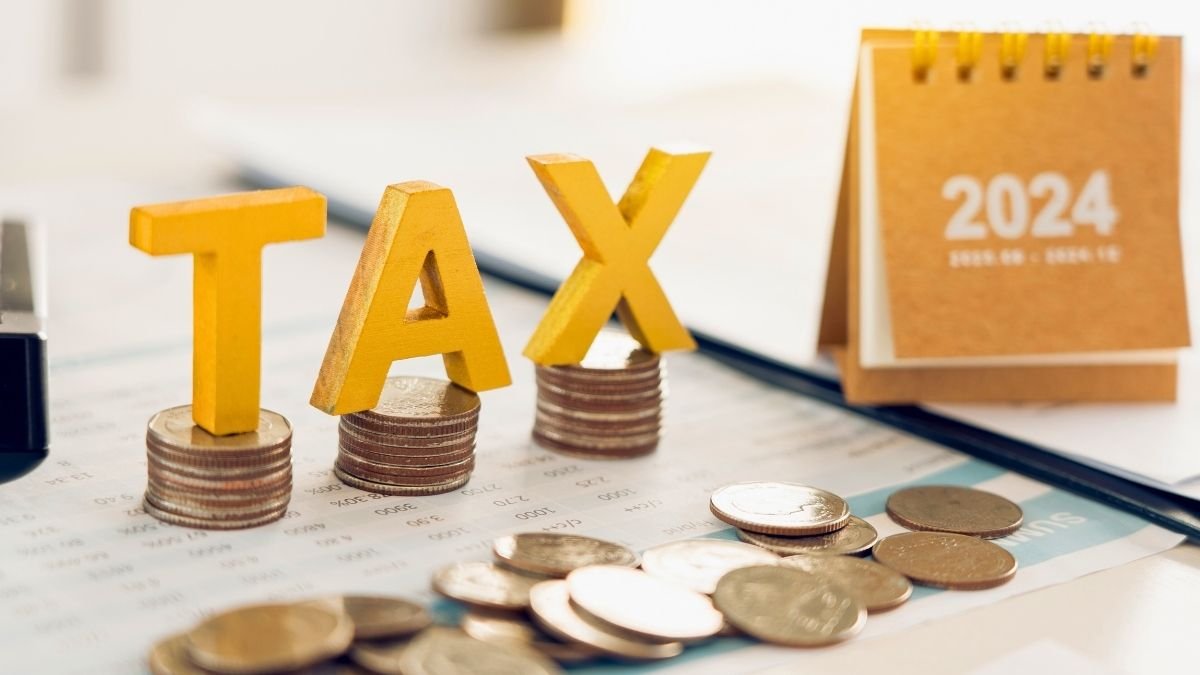
When it comes to managing money, we’ve all been conditioned to believe that meticulous budgeting is the golden path to financial security. Color-coded spreadsheets, strict spending categories, and endless tracking—this is the traditional financial advice that’s been handed down for generations. But after years of struggling with these rigid systems myself, I decided to try something completely different.
What if instead of micromanaging every penny, I focused on simplicity, automation, and mindfulness? This curiosity led me to experiment with the “no budget” approach for an entire year, and the results surprised even me. Not only did I save more money than ever before, but I also experienced a profound shift in my relationship with money.
In this article, I’ll share exactly how I did it, why it worked, and how you can implement this approach to achieve your own financial goals—without the stress and frustration of traditional budgeting.
What Is the “No Budget” Life?
Let me be clear—the “no budget” life doesn’t mean abandoning all financial responsibility or giving in to reckless spending. Instead, it’s a refreshing alternative that focuses on three key principles: automation, tracking, and mindful spending. The idea is to prioritize saving and investing first, then live on what’s left without getting bogged down by rigid categories and rules.
Automation is the foundation of this approach. By setting up automatic transfers to savings and investment accounts as soon as I received my paycheck, I ensured that my financial goals were being addressed before I even had a chance to miss the money. This “pay yourself first” strategy took the decision-making out of saving, making it effortless and consistent.

Tracking expenses is another crucial element, but with a twist. Instead of meticulously planning how much I could spend in each category before the month began, I tracked my spending after it happened. Using a simple spreadsheet (though apps like Mint or Personal Capital work too), I logged my purchases and categorized them retroactively. This allowed me to identify patterns and make adjustments without the pressure of sticking to pre-determined limits.
Mindful spending is perhaps the most transformative aspect. By using cash for discretionary expenses whenever possible, I regained a tangible connection to my money. There’s something powerfully real about holding cash in your hand and watching your wallet get lighter with each purchase. This physical interaction with money made me think twice before spending impulsively, something that didn’t happen as often when I was just swiping a card.
My Year-Long Experiment: How I Did It
I decided to fully commit to the “no budget” approach for an entire year, treating it as a personal finance experiment. Here’s exactly how I structured it:
First, I automated my savings to the maximum extent possible. I designated 50% of my income to be automatically transferred to various accounts—40% went to long-term investments, and 10% was allocated to an emergency fund.

This might sound aggressive, but by adjusting my take-home pay expectations, I found that I adapted surprisingly quickly. The remaining 50% of my income was my “spending allowance” for the month, covering both essential expenses and discretionary spending.
For essential expenses like rent, utilities, and groceries, I used my checking account and paid with a debit card. For discretionary spending—things like dining out, entertainment, and personal care—I withdrew a set amount of cash at the beginning of each month. When the cash ran out, my spending in those categories stopped until the next month.
To track my spending, I dedicated 15-20 minutes each Sunday to log all my purchases from the previous week into a spreadsheet. I categorized them broadly—housing, food, transportation, etc.—without getting bogged down by minute details. This simple act of review helped me stay aware of where my money was going without feeling restricted.
By the end of the year, I had saved over $12,000—more than I had saved in the previous three years combined. Equally importantly, I felt less stressed about money. I wasn’t constantly checking a spreadsheet or worrying about going over budget in a particular category. I had created a system that worked with my natural tendencies rather than against them.
The Science Behind Why It Works
The “no budget” approach isn’t just a feel-good strategy—it’s backed by solid behavioral economics principles that explain why it’s often more effective than traditional budgeting methods.
One key concept is mental accounting. Research shows that we treat money differently depending on how we perceive it. Cash feels more “real” than digital money, making us more reluctant to part with it. When I used cash for discretionary spending, I naturally became more mindful of each purchase, as the physical act of counting out bills and watching my cash diminish created a psychological barrier to impulsive spending.

Automation leverages the power of default decisions. Behavioral economists have found that people are more likely to stick with a default option than make an active choice. By automating savings, I made the default action work in my favor. The money went where it needed to go without requiring any effort or decision-making on my part after the initial setup.
Post-purchase reflection is another powerful element. Traditional budgeting asks us to predict and control our future behavior, which is notoriously difficult. Instead, by tracking spending after the fact, I was able to observe patterns and make adjustments based on real data rather than optimistic projections. This approach aligns with how our brains naturally learn from experience.
How to Do It Right: A Step-by-Step Guide
If the “no budget” approach resonates with you, here’s a practical guide to implementing it in your own life:
Step 1: Automate Your Savings First
The first—and most critical—step is to set up automatic transfers from your checking account to your savings and investment accounts. Aim to save at least 20% of your income, but start with whatever amount feels manageable. The key is to make it automatic so that saving happens without requiring any ongoing effort or decision-making.

Open separate accounts for different financial goals—emergency fund, retirement, vacation, etc. Most banks allow you to create multiple savings accounts at no extra cost. Set up automatic transfers to these accounts on payday. Treat your savings as a non-negotiable expense, just like rent or utilities.
Step 2: Track Your Spending Retrospectively
Rather than planning your spending in advance, focus on tracking it after the fact. Use a spreadsheet or a simple app to log your purchases at least once a week. Categorize them broadly—housing, food, transportation, etc.—without getting bogged down by minute details.

Pay attention to patterns rather than individual transactions. Are your monthly dining out expenses consistently higher than you’d like? Are subscription services adding up to more than you realized? This retrospective approach allows you to make adjustments based on real data rather than relying on potentially unrealistic projections.
Step 3: Use Cash for Discretionary Spending
Withdraw a set amount of cash at the beginning of each month for discretionary expenses like dining out, entertainment, and personal care. When the cash runs out, stop spending in those categories until the next month.
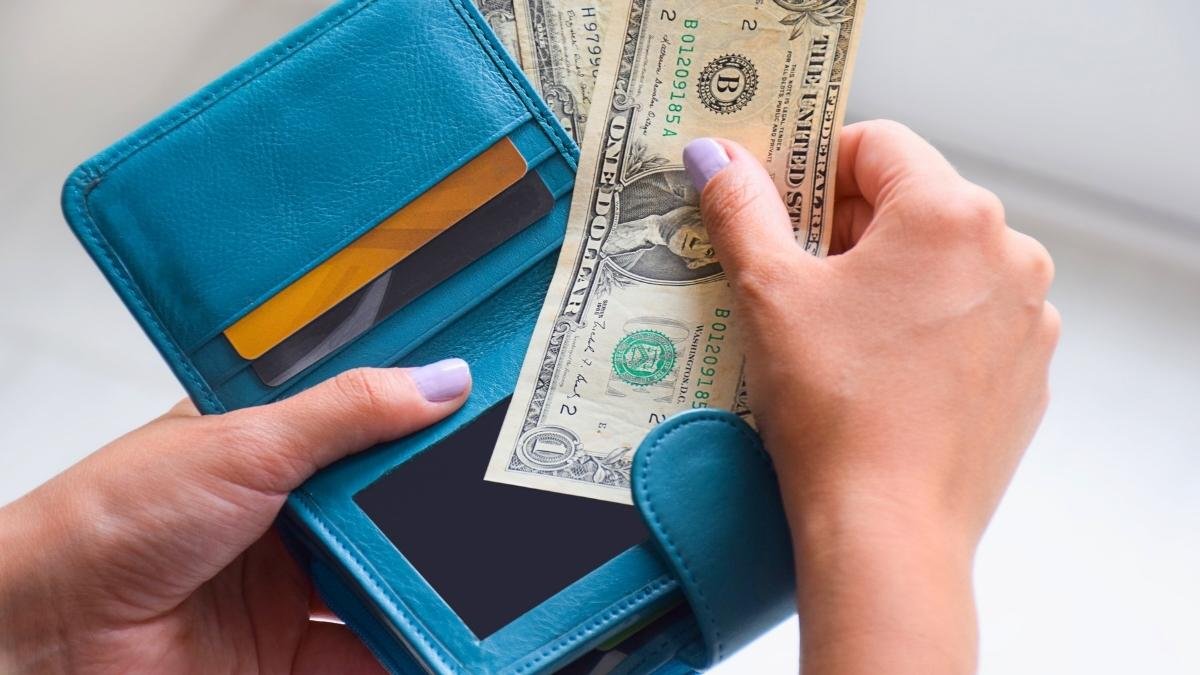
The physical act of using cash creates a psychological barrier to impulsive spending. It’s much harder to part with actual bills than it is to swipe a card, making you more mindful of each purchase. This simple change can significantly reduce unnecessary spending without requiring strict willpower.
Step 4: Review and Adjust Monthly
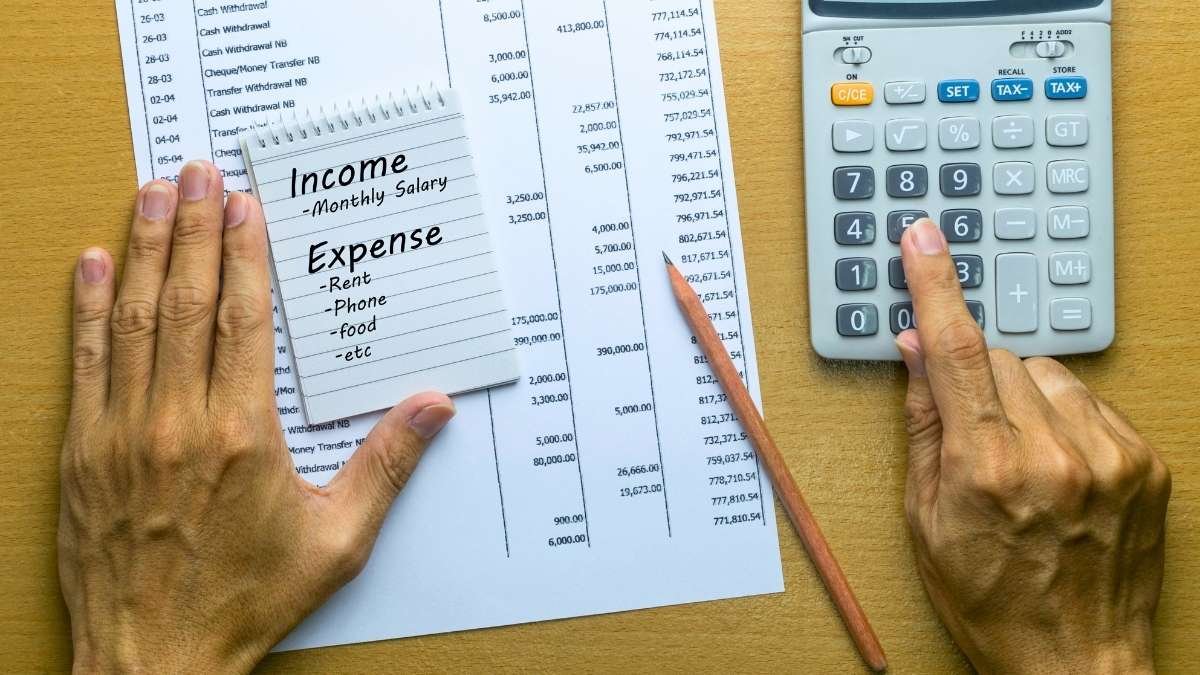
Set aside 15-30 minutes each month to review your financial situation. Look at your automated savings—are they on track to meet your goals? Review your spending patterns—have your priorities shifted? Make any necessary adjustments to your automatic transfers or cash withdrawal amounts.
This monthly review keeps you engaged with your financial situation without the constant monitoring required by traditional budgeting. It’s a balance between mindfulness and freedom, allowing you to stay on course while avoiding burnout.
By following these steps, you can create a financial management system that’s sustainable, less stressful, and more effective than traditional budgeting for many people. The “no budget” approach isn’t about abandon all financial responsibility—it’s about creating a system that works with your natural tendencies and priorities, making it easier to build wealth and reduce financial stress.
Step 5: Prioritize Needs vs. Wants
One of the most liberating aspects of the “no budget” approach is the freedom to prioritize spending based on what truly matters to you. Traditional budgeting often treats all expenses as equal, but in reality, some purchases bring significantly more value to our lives than others. By consciously distinguishing between needs and wants, you can align your spending with your personal values and goals.

Start by identifying your non-negotiable needs—these are expenses that are essential for your well-being and security, such as housing, utilities, groceries, and healthcare. Aim to keep these costs within a reasonable percentage of your income (typically around 50% or less). For many people, this means making tough but necessary choices, like opting for a smaller apartment or cooking at home more often.
The remaining portion of your income can be allocated to wants—discretionary expenses that enhance your quality of life but aren’t strictly necessary. This might include dining out, travel, hobbies, or subscription services. The beauty of the “no budget” approach is that it doesn’t dictate how you should spend this portion of your income.
Instead, it empowers you to make intentional choices. If you value experiences over material possessions, you can direct more funds toward travel or entertainment. If you prefer comfort and convenience, you might splurge on a nicer apartment or meal delivery services.
I found that this mindset shift made a remarkable difference in my satisfaction with my financial decisions. Instead of feeling guilty about spending money on a weekend getaway or a nice dinner, I recognized that these experiences brought me joy and fulfillment. By trimming unnecessary expenses in other areas, I was able to enjoy the things that truly mattered to me without derailing my savings goals.
Common Pitfalls to Avoid
As promising as the “no budget” approach may seem, it’s not without its challenges. Being aware of these potential pitfalls can help you navigate them successfully and avoid derailing your progress.
One common mistake is overlooking debt repayment. If you’re carrying high-interest debt, it’s crucial to prioritize paying that down before focusing heavily on savings or investments. While automation is a powerful tool, it should first be directed toward eliminating costly debt that’s eroding your financial progress.
Another pitfall is neglecting your emergency fund. Life is unpredictable, and without a financial cushion, a sudden expense like a medical bill or car repair can derail your entire system. Aim to build an emergency fund that covers at least three to six months’ worth of essential expenses. This fund acts as your safety net, allowing you to handle surprises without dipping into savings meant for long-term goals.
Lastly, there’s the risk of misinterpreting the “no budget” philosophy as an excuse for careless spending. While the approach emphasizes freedom and flexibility, it still requires a degree of mindfulness and responsibility. The goal isn’t to abandon all financial discipline but to replace restrictive rules with sustainable habits and conscious decision-making.
By being aware of these challenges and addressing them proactively, you can create a “no budget” system that truly serves your financial well-being rather than becoming another source of stress or inconsistency.
This concludes the continuation of the article. Let me know if you’d like me to proceed further or make any adjustments!
Beyond Money: The Unexpected Benefits
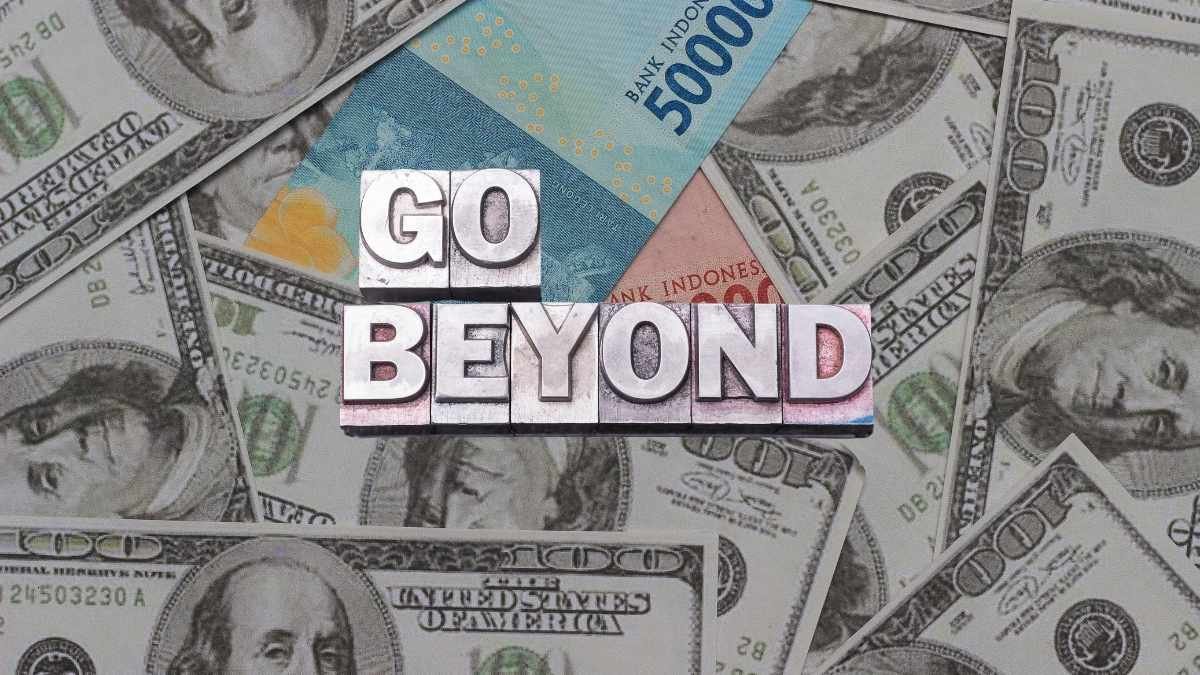
The most surprising outcome of adopting the “no budget” lifestyle wasn’t the increase in my savings or the reduction in financial stress—though those were certainly significant. The real transformation occurred in how I perceived and interacted with money on a daily basis. This shift extended beyond mere financial transactions and influenced my overall quality of life in profound ways.
One of the most liberating aspects was the freedom from the constant mental accounting demanded by traditional budgeting. No longer did I spend hours each week poring over spreadsheets, categorizing expenses, and adjusting allocations. The simplicity of automating savings, tracking spending retrospectively, and using cash for discretionary purchases created space in my mind for more meaningful pursuits. I found myself less preoccupied with money and more engaged with my work, relationships, and personal growth.
This mental freedom translated into reduced financial anxiety. Without the pressure of rigid budgeting rules, I felt less guilt over occasional indulgences and more confidence in my ability to handle financial surprises. My emergency fund provided a solid safety net, while my automated savings ensured that I was consistently working toward long-term goals. This sense of security allowed me to approach life with greater calm and optimism.
Another unexpected benefit was the clarity that emerged regarding my financial priorities. By tracking spending patterns and reviewing them monthly, I gained insights into how my money was truly being used. I discovered that certain expenses—like convenience store snacks or impulsive online purchases—provided little to no value in return.
Conversely, I realized that investing in quality experiences, like weekend getaways with friends or cooking classes, brought me significant joy and fulfillment. This awareness enabled me to redirect funds from low-value expenses to those that enriched my life in meaningful ways.
Is the No Budget Life Right for You?
The “no budget” approach isn’t a one-size-fits-all solution, but it can be remarkably effective for certain individuals. If you’ve grown weary of the rigid structure and constant monitoring required by traditional budgeting, this method might resonate with you. It’s particularly well-suited for those who value simplicity, automation, and flexibility in their financial management. Additionally, if you’re comfortable with the idea of retroactive tracking rather than pre-planning expenses, this system could offer a refreshing alternative.
However, it’s important to recognize when this approach might not be the best fit. If you’re currently struggling with significant debt or lack a substantial emergency fund, it’s advisable to prioritize those financial foundations before adopting a more lenient budgeting style. In such cases, a more structured approach might provide the necessary discipline and focus to address pressing financial concerns.
Conclusion: Embracing Financial Freedom
After a year of experimenting with the “no budget” lifestyle, I emerged with not only a healthier financial situation but also a transformed relationship with money. By prioritizing automation, mindfulness, and flexibility, I achieved a balance that felt sustainable and empowering. This approach taught me that financial freedom isn’t about micromanaging every dollar or denying myself enjoyment—it’s about creating a system that aligns with my values, supports my goals, and reduces unnecessary stress.
If you’re considering trying the “no budget” life, I encourage you to start small. Begin by automating a portion of your income toward savings, track your spending for a month to understand your patterns, and experiment with using cash for discretionary purchases.
Observe how these changes impact your financial decisions and overall well-being. Remember that personal finance is deeply personal—what matters most is finding a method that resonates with you and supports your unique journey toward financial health and freedom.
The beauty of this approach lies in its adaptability. It acknowledges that life is unpredictable and that our financial needs and priorities will evolve over time. By adopting a flexible yet intentional strategy, you can navigate your financial landscape with greater ease, confidence, and joy.



